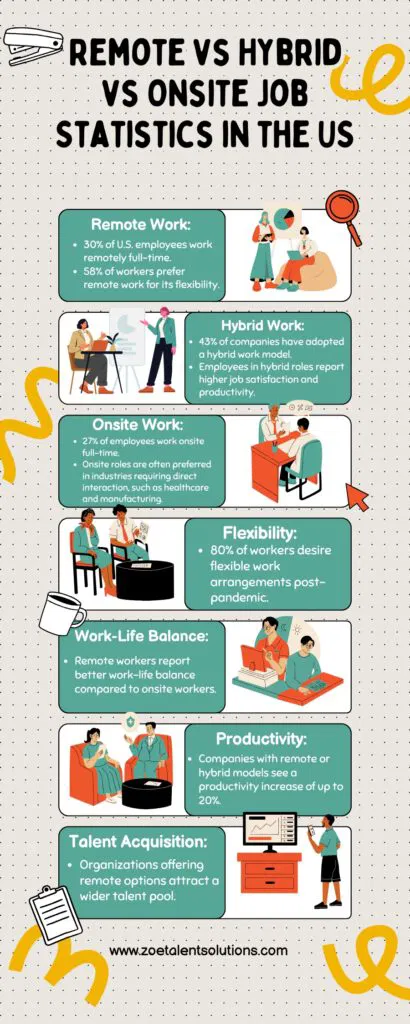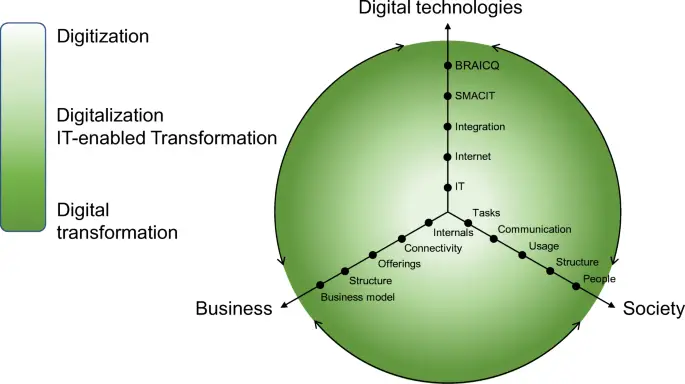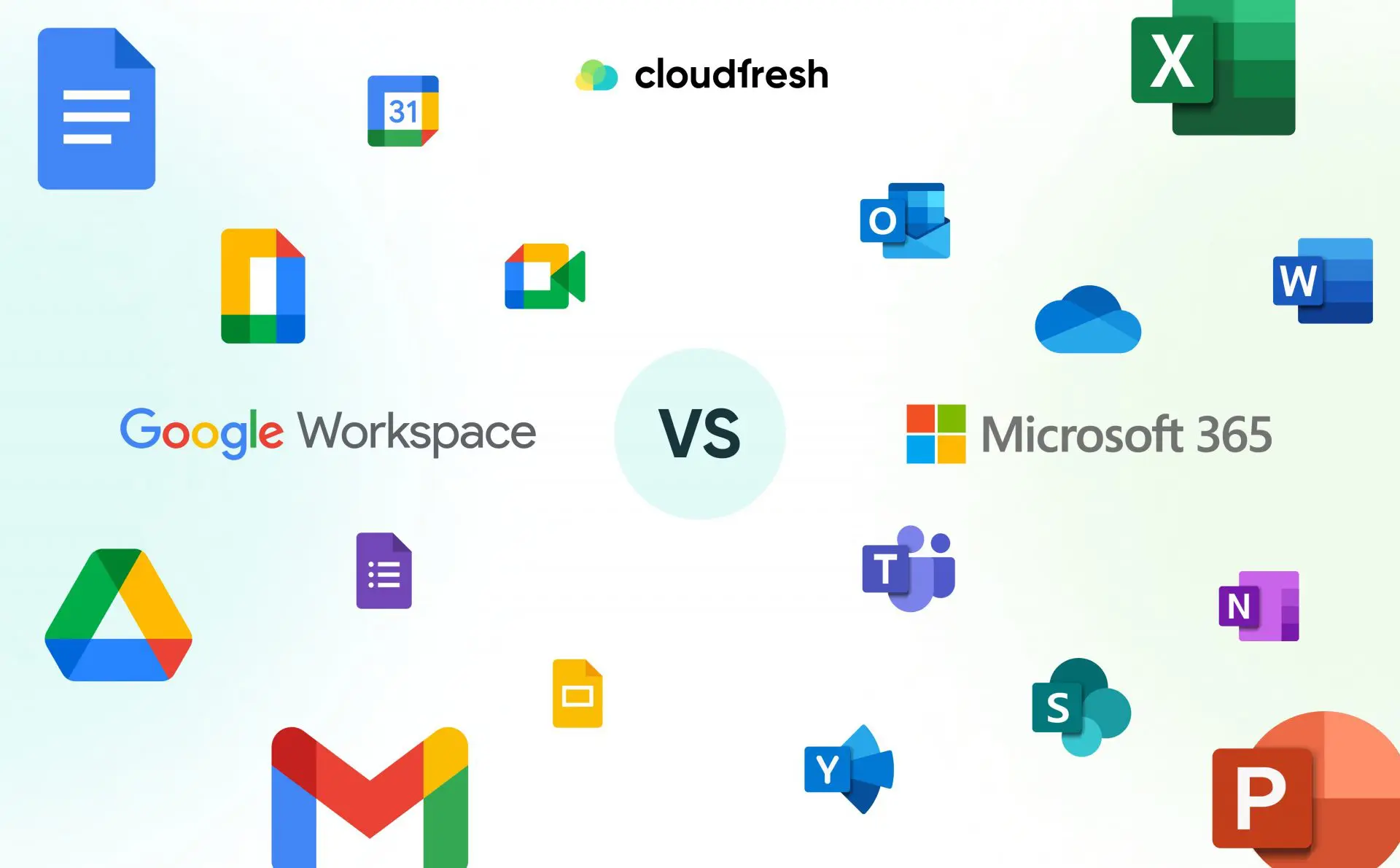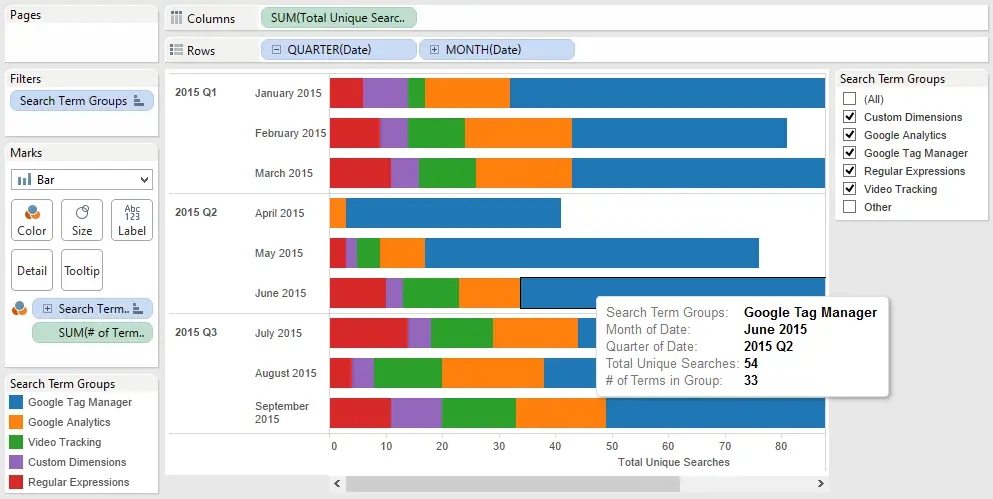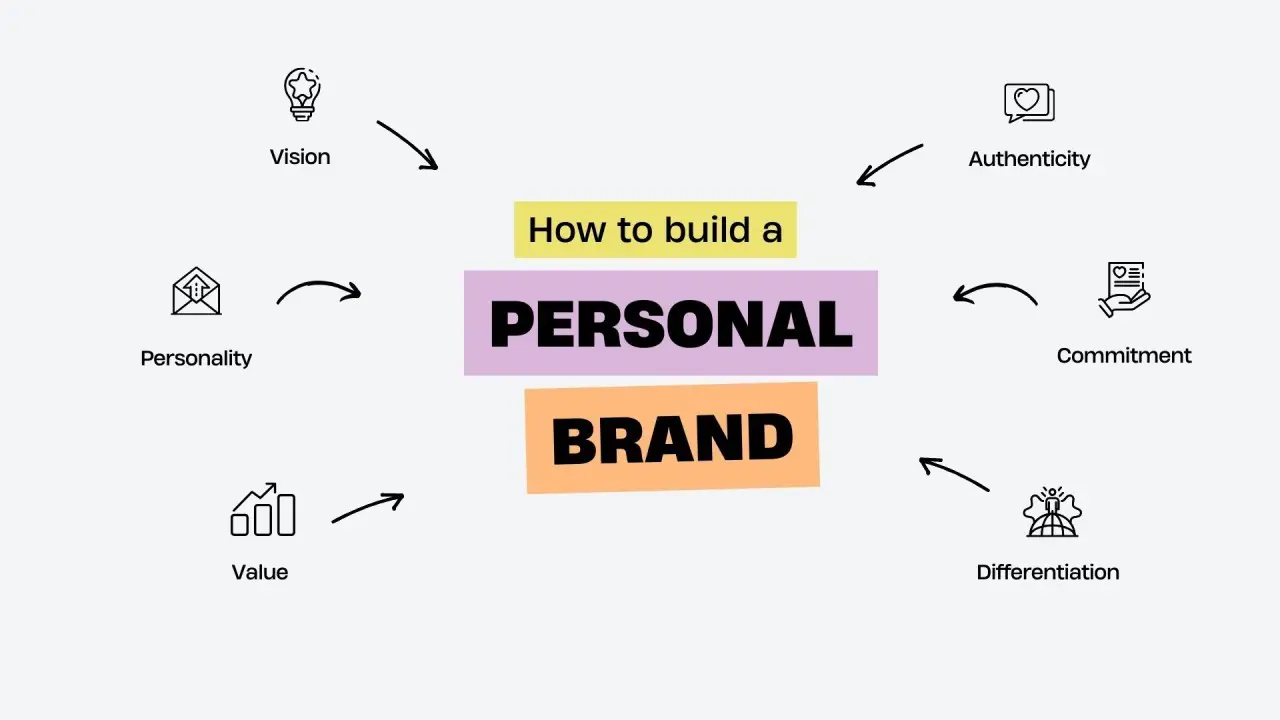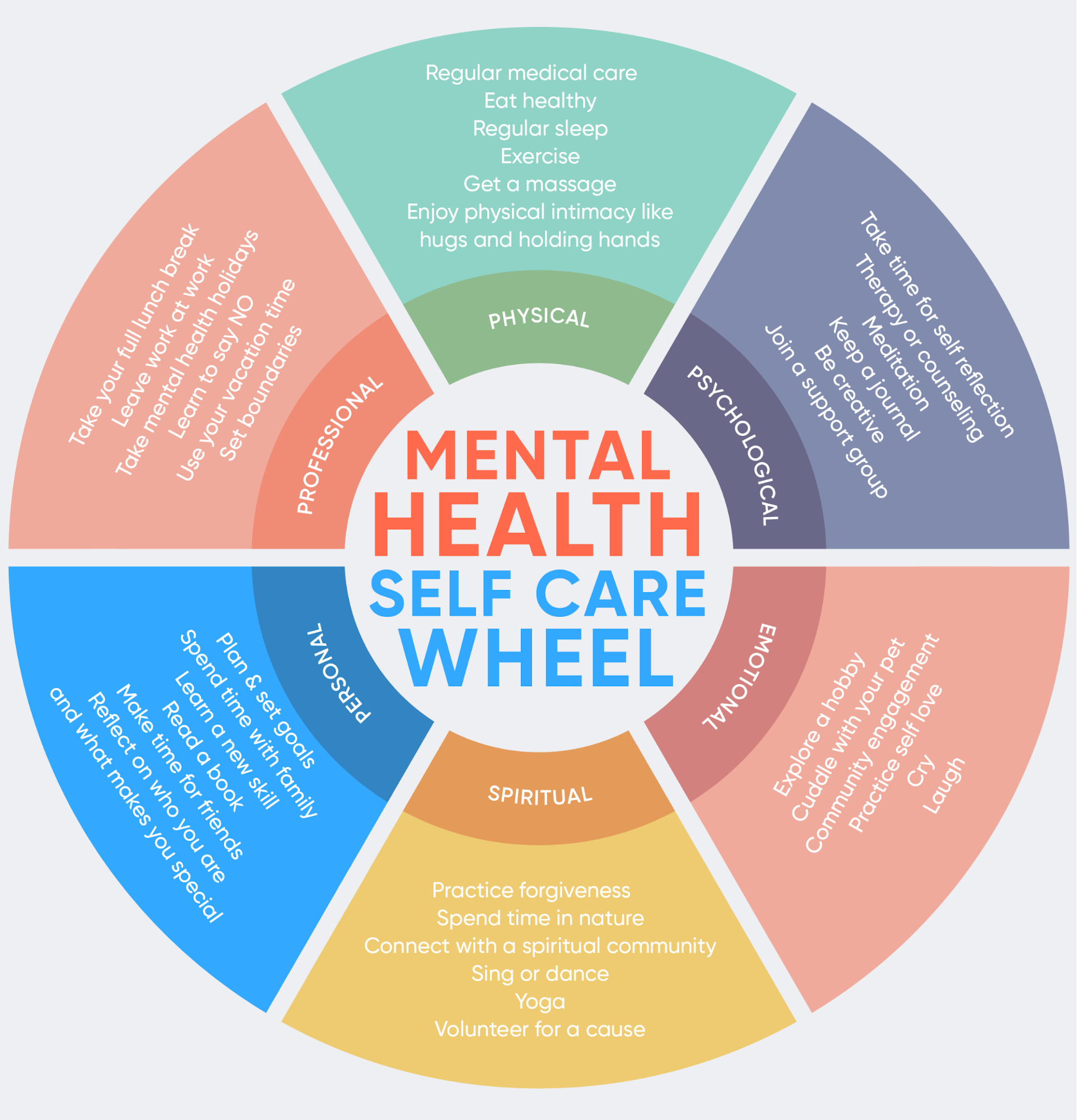8 Skills That Will Keep You Relevant in Remote Work in 2025

Remote work has undergone a spectacular evolution over the past few years. What initially seemed like a short-term solution has become a defining characteristic of the modern professional landscape. If you’re wondering how to remain relevant in this dynamic environment, you’re not alone. The skill sets that thrived in a traditional office context have shifted to accommodate new technologies, new communication styles, and new cultural expectations.
We’ll look at the role of soft skills, the importance of technical prowess, and the emerging trends that will define remote jobs in 2025 and beyond. Ready to dive in? Let’s begin.
Introduction
Evolving Landscape of Remote Work
Remote work isn’t just a “nice-to-have” perk anymore. It’s become a primary mode of operation for companies looking to expand their talent pool while reducing overhead costs. When offices closed their doors in early 2020, businesses discovered that tasks could be accomplished—and sometimes even done more efficiently—outside the physical office space. This prompted a reevaluation of what work could look like in the long term.
But today’s remote work is more sophisticated than those early experiments. Where we once relied solely on email and the occasional conference call, we now have countless collaboration tools, advanced video conferencing platforms, and AI-powered scheduling apps that streamline every aspect of a job. This evolution means that simply knowing how to set up a Zoom call isn’t enough. Professionals must develop a more nuanced, expansive set of abilities that align with the changing fabric of work.
Why Staying Relevant Matters in a Shifting Economy
As new technologies disrupt markets faster than ever, the ability to adapt becomes your secret weapon. Staying relevant isn’t about having one or two skills; it’s about adopting a mindset of continuous learning. Employers are looking for people who can navigate uncharted territories, whether that’s an emerging project management methodology or a new AI-driven data analytics platform.
The bottom line is this: as remote work cements its place in the corporate DNA, the competition for top-tier talent grows fierce. Those who embrace ongoing skill development and a willingness to adapt will be rewarded with better job opportunities, higher earning potential, and professional longevity. Those who cling to outdated practices risk being left behind.
Read Also 5 AI-Powered Apps That Will Transform Your Productivity as a Remote Worker
Where We Stand in 2025
Post-Pandemic Remote Culture
It’s hard to understate the role the global pandemic played in normalizing remote work. But now that the dust has settled, it’s clear that this wasn’t just a temporary patch. Many organizations discovered that they could maintain—or even exceed—productivity levels while offering employees greater flexibility. Consequently, a massive paradigm shift occurred, making remote setups the norm rather than the exception.
Looking at 2025, we see companies that have fully integrated remote policies into their core. These policies aren’t just about letting people work from home; they’re about creating sustainable structures for collaboration, performance tracking, and employee well-being. Some organizations have even gone fully remote, eliminating the need for physical office spaces altogether.
Hybrid vs. Fully Remote Workforces
At the same time, not everyone has embraced a 100% remote model. Hybrid workforces—where employees spend part of their week in the office and part working remotely—offer a balanced solution. This hybrid approach caters to those who miss the in-person camaraderie of the office while also providing the flexibility that remote enthusiasts have come to cherish.
In a hybrid world, skills like communication, project management, and cultural sensitivity take on an even more significant role. After all, you might have half your team physically brainstorming in a meeting room while the other half dials in from halfway around the globe. Managing these different experiences cohesively is crucial to maintaining team morale and productivity.
Statistics on Remote vs. On-Site Employment
To paint a clearer picture, data from leading employment websites and consulting firms indicate that roughly 60% of the global workforce has had some remote exposure by 2025. About 30% are fully remote, and 70% operate under a hybrid or flexible arrangement. These figures may vary by industry—tech companies and creative agencies often lead the pack in remote adoption, while manufacturing and other hands-on sectors remain mostly on-site.
Role of Digital Transformation and Global Connectivity
Digital transformation has accelerated faster than anyone predicted. With advanced cloud computing, machine learning, and widespread broadband access, the world feels smaller than ever before. You can consult with a designer in Italy, finalize a contract with a company in South Africa, and share a real-time collaborative document with your marketing team in Canada—all before you break for lunch.
However, this global connectivity also means increased competition. Employers can tap into a worldwide talent pool, so your next big opportunity might be with a company halfway around the planet. Conversely, you’re also competing against candidates from every corner of the world. Your skill set must not only be strong but also versatile enough to adapt to different cultural and organizational norms.
Read Also 5 Must-Have AI Mobile Apps for Remote Workers to Boost Productivity
Core Soft Skills for Remote Success
Self-Motivation and Independence
One of the earliest challenges remote workers face is the lack of external accountability. In a traditional office, your colleagues and supervisor are physically present, and you can’t help but feel their watchful eyes. When you work remotely, though, the only person watching you might be your cat.
This absence of constant oversight means that self-motivation becomes a foundational skill. You must learn to structure your day, set your own goals, and find ways to stay focused. Techniques like time blocking, Pomodoro sessions, or maintaining a disciplined schedule can all help you remain consistently productive.
Adaptability and Resilience
Let’s face it: things can change in a heartbeat. New software is introduced, a global event disrupts your supply chain, or perhaps your company decides to pivot in an entirely new direction. In a remote setting, you often learn about these changes via Slack messages or Zoom calls—meaning you don’t have the usual in-person cues to gauge reaction or to coordinate quick group huddles.
Adaptability, then, is vital. You need to handle shifting expectations without losing your stride. Resilience becomes equally important. The capacity to absorb setbacks, remain solutions-focused, and bounce back quickly can make or break your performance in a remote environment. Emotional intelligence ties closely into this resilience, because remote communication can sometimes magnify misunderstandings.
Emotional Intelligence in a Virtual Workplace
Emotional intelligence (EI) is your ability to understand and manage your own emotions, while also recognizing and influencing the emotions of others. In a remote context, EI is crucial because you can’t rely on body language or informal hallway chats to sense when a colleague might be stressed or confused.
Tools like Slack, Teams, or email can be cold and impersonal if misused. A well-placed emoji can help convey warmth, but it’s no substitute for genuine empathy. High emotional intelligence can help you craft messages that are both concise and respectful, leading to smoother project collaboration and stronger relationships.
Communication Skills that Bridge Distances
Remote communication must be intentional. In an office, you can drop by a coworker’s desk for a quick clarification. Remotely, you have to rely on well-structured email threads, Slack messages, or scheduled calls.
Aim for clarity and brevity. State your objectives up front, use bullet points to break down tasks, and ensure that your tone is friendly but direct. Video calls also become a tool for building rapport, so make sure you know basic video call etiquette—mute yourself when you’re not speaking, keep your camera steady, and maintain eye contact.
Technical Proficiencies Employers Crave
Mastery of Collaboration Tools (Asana, Trello, Notion)
Project management tools have skyrocketed in popularity. Platforms like Asana, Trello, and Notion allow teams to assign tasks, set deadlines, and track progress all in one place. Employers love these platforms because they bring order to what could otherwise be chaotic.
If you’re new to these tools, invest the time to watch tutorials or even take a short course. Understand how to create tasks, manage boards, and integrate with other apps. This mastery will not only make you more efficient but also mark you as a proactive, digitally-savvy team member who can help others adapt.
Cloud Computing (Google Workspace, Microsoft 365
Cloud computing is the backbone of remote collaboration. With Google Workspace, you can simultaneously edit documents, spreadsheets, and presentations with your colleagues, no matter where they are in the world. Microsoft 365 offers a similar experience but integrates with the entire Microsoft ecosystem.
Learn how to organize files logically, manage version history, and use advanced features like macros or formula-driven data analysis. When you can seamlessly navigate these platforms, you remove friction from the collaborative process, saving your team time and headaches
Read Also Must-Have Laptop Accessories for Remote Work in 2025
Cybersecurity Literacy
Remote work opens the door to unique security vulnerabilities. Home networks are typically less secure than corporate ones, and phishing attacks often target individuals who are away from the protective umbrella of the company’s IT department.
Basic cybersecurity literacy—knowing how to recognize suspicious links, maintain strong passwords, and use VPNs—has become essential. Some organizations even require employees to complete cybersecurity training modules regularly. Showcasing that you’re security-conscious can position you as a responsible candidate or team member.
Data Privacy Compliance and Regulatory Standards
In addition to basic security measures, an awareness of data privacy regulations like GDPR (General Data Protection Regulation) or CCPA (California Consumer Privacy Act) can be a big plus. Companies operating internationally must comply with multiple frameworks, so an employee who understands these rules is a strategic asset. Even if you’re not in a legal or compliance role, being mindful of how you handle data can prevent costly mishaps.
The Power of Digital Marketing Knowledge
SEO, Content Strategy, and Paid Advertising
In a remote-centric world, digital presence is everything. Many companies pivoted from brick-and-mortar establishments to fully online businesses. Hence, individuals who possess strong digital marketing acumen are in high demand.
Basic knowledge of SEO (Search Engine Optimization) can help you drive organic traffic to websites, while content strategy ensures that users stay engaged once they arrive. If you have experience with paid advertising—be it Google Ads or social media campaigns—your skill set becomes even more attractive.
Social Media Management and Influencer Collaborations
Social media is a cornerstone of modern marketing. From TikTok to LinkedIn, platforms vary in their audiences and content styles. Social media managers who understand the nuances of each channel can significantly boost a brand’s online presence.
Working remotely, you could be managing multiple social media accounts from anywhere in the world, collaborating with influencers in different time zones. This global perspective can yield innovative partnerships and creative promotions that resonate with diverse audiences.
High CPC Keywords and Organic Search Traffic
For bloggers, content creators, or marketing specialists, understanding high CPC (Cost Per Click) keywords can lead to increased ad revenue and better ROI (Return on Investment) in advertising campaigns. Tools like SEMrush or Ahrefs help identify which keywords are highly competitive but also potentially lucrative. This knowledge also ties into SEO and content strategy, ensuring that every piece of content published serves both user needs and business goals.
Analytics and Data Interpretation
Basic Data Literacy for Remote Teams
Data is the new currency. Whether you’re in sales, marketing, product development, or customer service, you’ll inevitably encounter metrics, charts, and dashboards. If you can’t interpret these data sets, you’re missing out on insights that could guide better decision-making.
Basic data literacy includes understanding averages, percentages, and trends. You should also know how to ask the right questions: Is this data valid? What does it measure exactly? How does it translate into actionable insights?
Tools for Tracking Performance (Tableau, Google Analytics)
If you’re in a role that involves KPIs (Key Performance Indicators), marketing funnel metrics, or user engagement stats, tools like Tableau or Google Analytics become invaluable. They let you visualize complex data in more digestible formats and help you spot patterns or anomalies quickly.
For example, a marketer could use Google Analytics to track which blog posts drive the most traffic, then pivot the content strategy accordingly. A product manager might use Tableau to gauge how new features affect user retention. Understanding these tools not only improves your team’s performance but also sets you apart as someone who can navigate the data-driven aspects of remote work.
Making Data-Driven Decisions
Gone are the days when you could rely solely on gut instinct. Today’s remote environment demands that decisions—big and small—be backed by solid data. Whether you’re deciding which features to prioritize in an app or determining the best time to send a newsletter, data should inform your choices.
That said, data should complement your human intuition, not replace it. The real trick is balancing quantitative insights with qualitative feedback. When you can strike that balance, you become an incredibly effective remote contributor who can argue persuasively for any course of action.
Read Also 5 Best Laptops for Remote Work: Performance, Portability, and Battery Life
Project Management in a Virtual World
Agile and Scrum for Remote Teams
Project management doesn’t vanish when you go remote—it just gets more interesting. Agile and Scrum methodologies have grown in popularity because they break projects down into manageable sprints and encourage rapid iteration.
Online tools facilitate stand-ups, sprint planning, and retrospective meetings. For example, platforms like Jira or Shortcut provide a centralized hub for tracking backlogs, user stories, and tasks. Mastering these tools and methods can help you stay on top of deadlines, coordinate with diverse team members, and adapt to sudden changes in project scope.
Leadership Without Physical Presence
Managing a remote team requires more than just sending out tasks and waiting for results. Effective leaders in a virtual world must build trust, encourage open communication, and set clear expectations. You need to be available for your team, either through scheduled calls or via instant messaging for quick queries.
Leaders who succeed remotely often adopt a “servant leadership” approach—removing obstacles so their team can excel. They also track morale carefully, using tools like anonymous surveys to gauge how team members feel about workload, communication, and work-life balance.
Virtual Standups and Sprints
Standup meetings, typically short daily check-ins, are a staple of Agile workflows. But how do you run them effectively when everyone is scattered across different time zones?
The key is flexibility. Some teams opt for asynchronous standups using Slack or a dedicated tool, where each team member posts updates by a certain time. Others still prefer live calls, scheduling them at a time that’s the least inconvenient for the majority. By adjusting these rituals, remote teams can maintain momentum without sacrificing collaboration.
UX/UI and Web Skills
Why Basic Design Knowledge Matters
Today’s digital products thrive on user experience. Even if you’re not a designer, having a foundational grasp of UX/UI principles can help you better communicate with design teams and create more user-friendly content or workflows.
For instance, understanding concepts like “above the fold,” color psychology, or typography basics can guide the way you present information. Whether you’re drafting a landing page, an email newsletter, or internal documentation, applying simple design best practices can dramatically improve readability and engagement.
User-Centric Thinking for Better Engagement
Remote work often involves cross-functional teams that may never meet in person. In such settings, user-centric thinking helps everyone stay aligned on the end goal: satisfying the customer or end-user. If each department—design, development, marketing, etc.—keeps the user experience at the forefront, the final product or service will likely be more cohesive and effective.
Moreover, user-centric thinking encourages constant feedback loops. By quickly gathering user feedback and analyzing usage patterns, remote teams can iterate more efficiently, saving both time and resources.
No-Code Platforms (Webflow, Bubble)
Not everyone has the time or inclination to learn how to code, but in 2025, building a website or web application doesn’t require you to become a software engineer. No-code platforms like Webflow and Bubble let you create interactive, database-driven websites with a drag-and-drop interface.
Knowing how to use these platforms can accelerate your ability to prototype ideas, launch small projects, or even build a personal portfolio site. In a remote setting, where quick proofs of concept or demos can sway decision-makers, no-code skills can give you a major edge.
Networking and Personal Branding Online
LinkedIn and Professional Communities
Your professional network doesn’t need physical coffee meetups to thrive. Platforms like LinkedIn have become indispensable for remote workers looking to showcase their skills and connect with industry peers.
Regularly update your LinkedIn profile with new projects, certifications, or thought leadership posts. Join relevant LinkedIn groups or Slack communities where you can engage in industry discussions. The relationships you build online can lead to collaborative projects, job offers, and a sense of belonging in an otherwise dispersed environment.
Building a Digital Footprint
In a remote world, your online presence is essentially your business card. It could include a personal blog, a curated Twitter feed, or an active YouTube channel. Whatever the medium, consistency and quality are key.
A well-executed digital footprint conveys professionalism, expertise, and personality. Potential employers or clients will likely research you online, so ensure that what they find is reflective of your best self. Share knowledge, engage with industry thought leaders, and maintain a tone that resonates with your personal brand.
Crafting a Personal Website or Portfolio
Nothing says “I’m serious about my craft” quite like a polished personal website or portfolio. It provides a centralized space to highlight your achievements, skills, and testimonials. Whether you’re a writer, a developer, or a designer, a digital portfolio offers tangible proof of your capabilities.
Tools like WordPress or Wix can help you set up a simple site, while the aforementioned no-code solutions like Webflow or Bubble allow for more advanced customization. The key is to keep it easy to navigate, visually appealing, and updated with your latest work.
Emotional and Mental Well-Being
Stress Management in Isolation
Remote work can sometimes feel isolating. With no water cooler chats or lunch breaks with colleagues, the sense of camaraderie can wane. This isolation can lead to burnout or stress if you don’t manage it properly.
Set boundaries around your work hours. Just because you can access your tasks at any time doesn’t mean you should. Incorporate regular breaks, physical exercise, and hobbies into your daily routine. Mindfulness or meditation apps can also help in maintaining mental clarity.
Setting Boundaries Between Work and Life
One of the paradoxes of remote work is that while you’re free from commuting, the lines between “home” and “office” can blur. You might find yourself checking emails at midnight or working through weekends without noticing.
Establish rituals to signal the start and end of your workday—maybe taking a short walk, changing into “work” clothes, or using a dedicated workspace that you leave once the day is done. Communicate these boundaries to your family or roommates as well, so they know when you shouldn’t be disturbed.
Virtual Team Bonding and Support Groups
Just because you’re remote doesn’t mean you can’t form deep connections with coworkers. Virtual team bonding sessions—from online game nights to virtual coffee chats—foster a sense of unity.
Additionally, some companies have introduced online counseling or mental health support groups. If your organization offers these services, don’t hesitate to take advantage. A strong support network can make remote work feel less lonely and more supportive.
Read Also Top 10 Social Media Marketing Trends You Can’t Ignore in 2025
Upskilling and Continuous Learning
Online Courses (Coursera, edX, Udemy)
In 2025, the online education market is more robust than ever. Platforms like Coursera, edX, and Udemy offer thousands of courses across various fields—from programming and digital marketing to project management and data science.
The flexibility of these platforms aligns perfectly with remote work. You can learn at your own pace, often with the option to earn certifications or even accredited degrees. If you’re targeting a specific career pivot, look for courses taught by industry experts or those recognized by major employers.
Certifications That Stand Out
While traditional degrees still hold weight, specialized certifications can help you stand out in a crowded job market. For instance, a Google Project Management certification, a Microsoft Azure Fundamentals badge, or an AWS Certified Cloud Practitioner credential can all validate your technical proficiency.
Think about your career goals and seek out certifications that complement them. This targeted learning not only enhances your skill set but also signals to potential employers that you’re committed to professional growth.
Crafting a Personalized Learning Roadmap
With so many options available, it’s easy to fall into the trap of taking random courses without a clear plan. Instead, create a learning roadmap. Identify the gaps in your current skill set, research which skills are most in demand in your industry, and set milestones for achieving them.
For example, if you’re a marketer looking to pivot into a data-driven role, you might enroll in an “Introduction to Data Analytics” course, followed by intermediate-level workshops on tools like Google Analytics or Tableau. Layer in some SEO or social media analytics content, and you’ll have a well-rounded skill set that’s relevant to remote marketing roles.
Global and Cross-Cultural Collaboration
Working Across Time Zones
When you’re on a remote team, your 9 AM might be someone else’s midnight. This discrepancy can be challenging, but also offers unique advantages. Projects can progress around the clock as teams hand off tasks from one time zone to another.
However, to coordinate effectively, you need to be aware of each team member’s schedule and possibly employ “time zone overlap” hours for essential meetings. Tools like World Time Buddy or Google Calendar’s time zone converter can help you schedule calls without inconveniencing everyone.
Cultural Sensitivity and Inclusion
A remote team is often a multicultural mosaic. Embracing this diversity means more than just tolerating different backgrounds; it’s about actively seeking to understand and respect them.
Workplace culture extends beyond language and national holidays. It includes communication styles, attitudes toward hierarchy, and acceptable norms for giving feedback. Displaying genuine curiosity about your colleagues’ perspectives can lead to more harmonious interactions and innovative solutions.
Tools for Real-Time Translation and Communication
If language barriers are an issue, technology can step in. Tools like Google Translate or DeepL can help you quickly understand the gist of a message in another language. Some advanced video conferencing solutions even offer real-time translation features.
While these tools aren’t perfect, they can break down barriers and foster inclusivity. Just remember that humor, idioms, or cultural references might not translate seamlessly, so always approach cross-language conversations with patience and clarity.
Read Also 5 AI-Powered Apps That Will Transform Your Productivity as a Remote Worker
Future-Proofing Your Career
AI and Automation – Friend or Foe?
Artificial intelligence has made its way into virtually every sector, from automated customer service bots to machine learning algorithms that predict consumer behavior. This shift raises concerns about job displacement, but it also creates new opportunities.
Remote workers who can leverage AI tools to optimize workflows, analyze data, or create content more efficiently will remain in high demand. Rather than fearing automation, think of it as a collaborator that can handle tedious tasks, freeing you to focus on more creative, strategic work.
Hybrid Skills (Technical + Creative)
Gone are the days when you could define yourself strictly as “technical” or “creative.” In the modern workforce, roles are becoming fluid, blending analytical capabilities with imaginative problem-solving. A project manager might need to draft compelling emails that motivate a diverse team. A data scientist might need to create visually engaging dashboards that non-technical stakeholders can understand.
This hybrid approach makes you more adaptable and less likely to be replaced by software. Constantly push your boundaries by learning skills outside your comfort zone, whether that’s dabbling in graphic design or coding a simple script to automate daily tasks.
The Importance of Innovation and Curiosity
Innovation isn’t just the responsibility of management or R&D departments; it can happen at any level. When you remain curious about emerging technologies and best practices, you position yourself as a forward-thinking professional.
Whether it’s experimenting with a new marketing automation tool or exploring a cutting-edge programming language, your willingness to tinker and explore can lead to breakthroughs. In a competitive remote environment, being an innovator gives you a distinct edge.
Conclusion
The Ever-Evolving Nature of Remote Work
Remote work has come a long way from hastily arranged Zoom calls and ad hoc work-from-home policies. In 2025, it’s a robust, fully integrated system that brings global teams together to achieve remarkable feats. As technology continues to advance, we can expect remote work to evolve further, introducing new platforms, methodologies, and cultural norms.
Taking Action to Stay Ahead
If there’s one certainty in this fast-paced world, it’s change. To remain a valuable contributor, you must cultivate both the soft skills—like communication and emotional intelligence—and the technical proficiencies—like cybersecurity awareness and data analysis—that employers crave.
Remember, the ultimate goal isn’t to learn everything overnight; it’s to develop a habit of ongoing growth. Set learning milestones, track your progress, and remain open to new possibilities. By doing so, you’ll not only keep pace with the ever-evolving demands of remote work but also pave the way for a fulfilling and sustainable career.
FAQs
Q1: How can I improve my remote communication skills quickly? One effective way is to practice intentional writing. Be concise, clarify your main points early, and use tools like Loom to add a personal touch with video messages. Also, schedule brief one-on-one calls to maintain a human connection.
Q2: Is it necessary to learn coding for remote work? Not necessarily. While coding can be an asset, many roles focus on areas like marketing, UX, project management, or design. However, having some basic coding knowledge can help you collaborate more effectively with technical teams.
Q3: What’s the best way to handle time zone differences on a global team? Use shared calendars to find overlapping hours that work for most people, rotate meeting times to be fair, and consider asynchronous communication methods (like recorded video updates) so that no one has to join a call at 2 AM.
Q4: How do I stay motivated when working remotely long-term? Set clear goals, celebrate small wins, and maintain a consistent schedule. Incorporate breaks and downtime, and keep in regular contact with your team to avoid feeling isolated.
Q5: Which online learning platforms are best for expanding remote work skills? Popular platforms include Coursera, edX, Udemy, and LinkedIn Learning. Each offers a wide range of courses, so pick ones aligned with your career goals.





